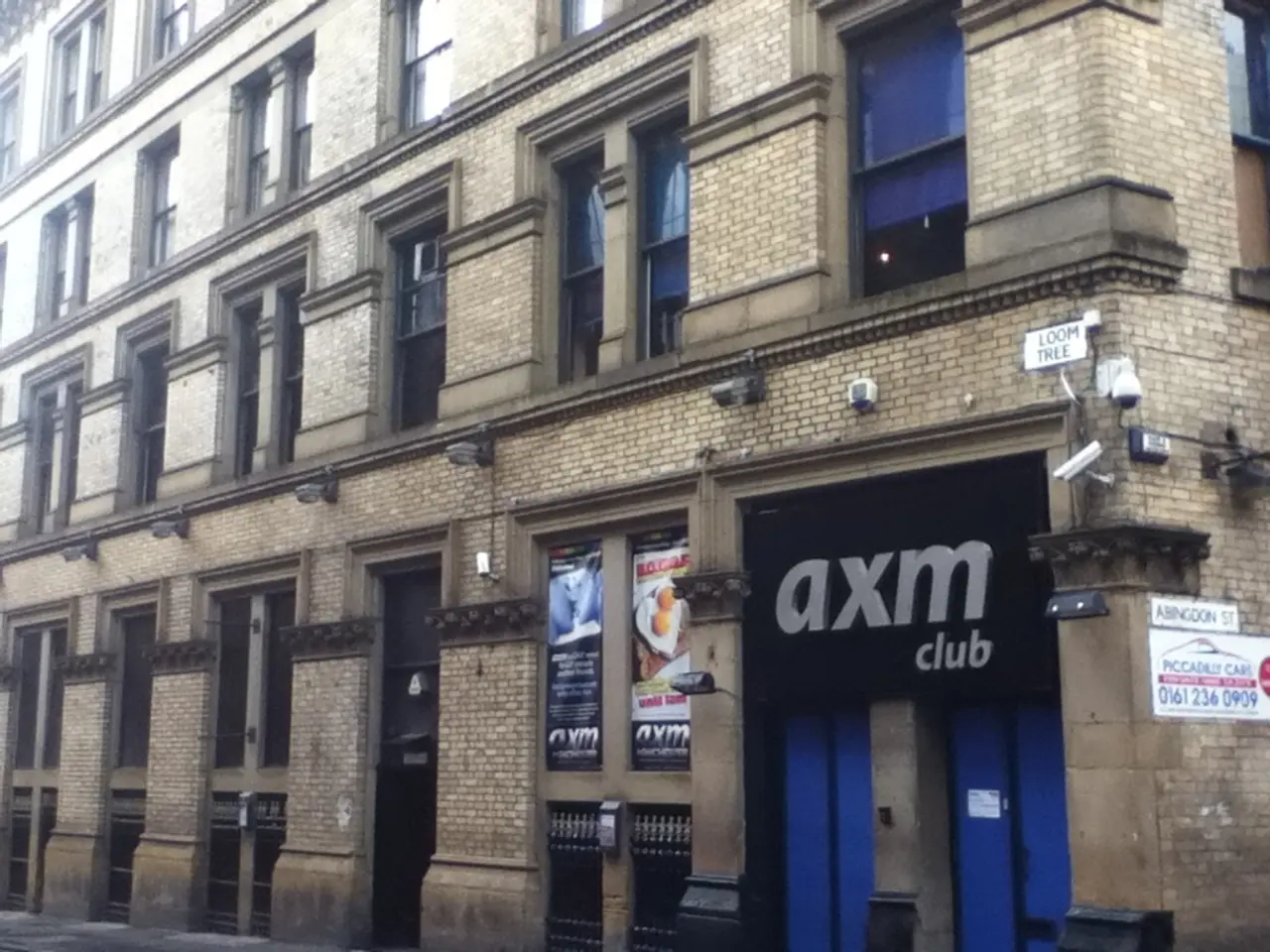Tenants have vacated the warehouses.
Warehouse Vacancies Soar in Moscow, thanks to Market Dynamics and Economic Factors
The free space available in Moscow and the Moscow region's warehouse market has skyrocketed over the past year, reaching an astounding 1.1 million square meters. far surpassing last year's figures, signaling a shift from a severe shortage to a surplus. This transformation has been attributed to a drop in demand, a surge in developer activity, and the release of previously occupied spaces. As a result, landlords and developers are now offering discounts to attract tenants.
As reported by IBC Real Estate, there were around 1.1 million square meters of vacant space in Moscow and the Moscow region as of early June, marking a 5.3-fold increase compared to the same month last year. Nikoliers noted a 4.5-fold increase, bringing the total in question to 537,000 square meters. IBC Real Estate also reported that the vacant space's share in the total warehouse supply increased by 2.6 percentage points to 3.3%. Similarly, in St. Petersburg and the Leningrad region, vacant space increased by 1.4 percentage points to 2.2%.
The sudden increase in warehouses sitting empty is a new trend for the warehouse market, according to Eugene Bumagin, head of the department for working with warehouse and production facilities at IBC Real Estate. During the latter half of 2023 to the end of 2024, there was a severe shortage, with demand outpacing supply. Today, there is no shortage.
The shift in the trend can be credited to a decline in demand, and a general decrease in business activity due to high key interest rates, according to Victor Zaglumin, partner at Bright Rich | Corfac International. Meanwhile, some large tenants have paused their warehouse expansions, while others are continuing to develop, but with a selective approach, focusing on regions, Olga Kashkova from GK "Oriientir" mentioned.
Notably, over the past few years, e-commerce participants had been the main players in the warehouse market. However, their presence is shrinking after active expansion, revealed Stanislav Akhmedzyanov, managing partner of IBC Global. The new demand originates primarily from manufacturing companies, logistics providers, and traditional retail. According to NF Group, e-commerce accounted for only 33% of warehouse absorption in Russia in the first half of the year, a decrease from the 59% seen in 2024.
Releasing previously occupied spaces is the second factor driving the vacancy increase. As marketplaces rented under-construction warehouses for their own needs between 2023 and 2025, they are now releasing universal warehouses as these objects become ready for use. Additionally, some companies have altered their development strategies, with Sberlogistics reportedly seeking to release a total of 1.5 million square meters by giving up occupied warehouses due to high competition, according to sources cited by Vedomosti at the end of last year.
Despite the growing competition among developers, the cost of constructing warehouses has increased by 20%. Conversely, many speculative objects are entering the Moscow and Moscow region market, with developers becoming more active last year due to record low vacancy. Consequently, around 1 million square meters of uncontractualized space is expected to be added to the Moscow market by the end of the year.
Due to the rise in vacant space, warehouse rental rates have begun to stabilize. Average rental rates have increased by 4% since the beginning of the year, reaching 12,450 rubles per square meter per year, according to NF Group partner Konstantin Fomichenko. As the competition among large clients intensifies, some landlords offer discounts of up to 15% on market rates. Nonetheless, Victor Afanasenko believes that the cost of warehouse rentals may have peaked, with the future seeing slight decreases or leveling out at the current rate.
All in all, the escalating vacancy in warehouses throughout Moscow and its region over the past year is primarily a result of market dynamics and broader economic factors impacting demand for commercial real estate. As vacancies continue to rise, rental rates are showing signs of stabilization, but the future of the market remains uncertain, as the continued influx of speculative objects and the impact of economic conditions persist.
- The surge in vacant warehouse space in Moscow, as reported by IBC Real Estate, is not only due to a drop in demand and a shift in tenant behavior but also because some large real-estate players, such as Sberlogistics, are releasing previously occupied spaces.
- The current market landscape in the Russian warehouse industry shows a notable shift in demand patterns, with e-commerce players decreasing their presence, and traditional businesses like manufacturing companies, logistics providers, and retail taking the lead.
- Economic factors play a crucial role in the rising vacancy rate in the Moscow region's warehouse market. High key interest rates and a general decrease in business activity have led to a decline in demand, causing an increase in the number of vacant warehouses and moderating rental rates.






